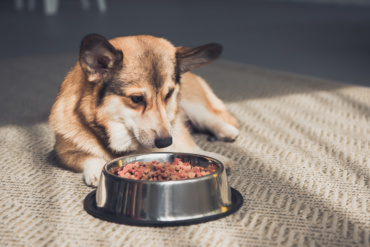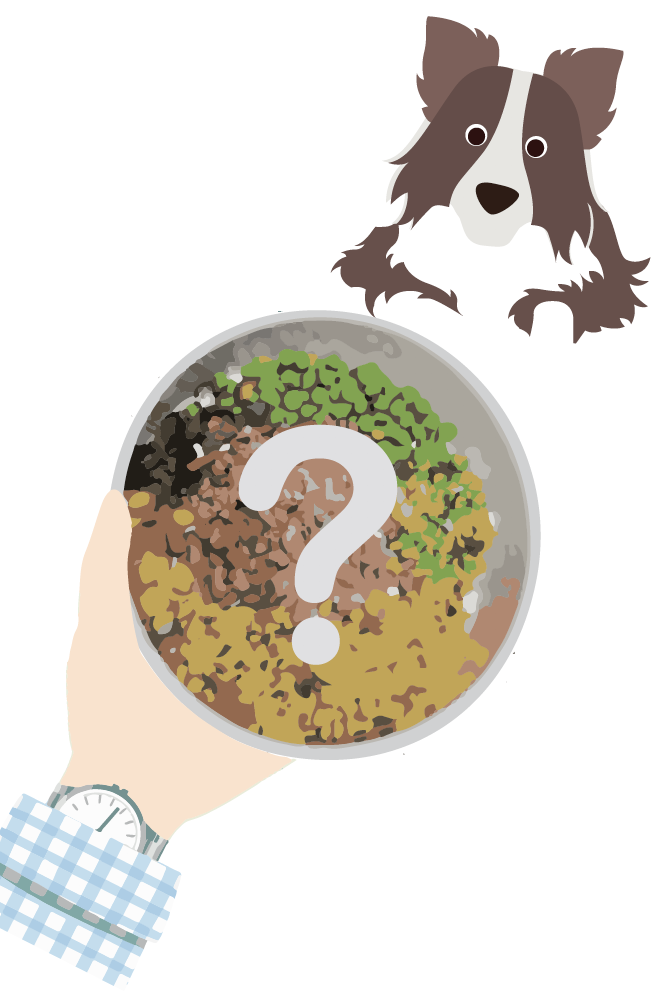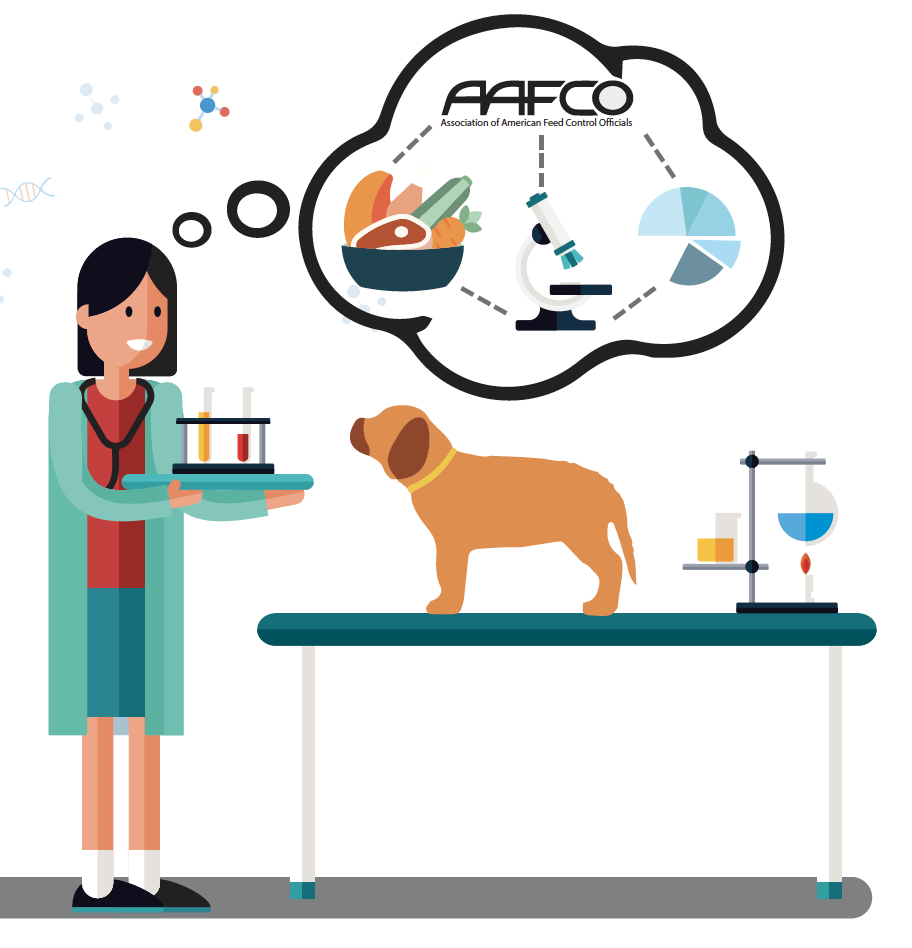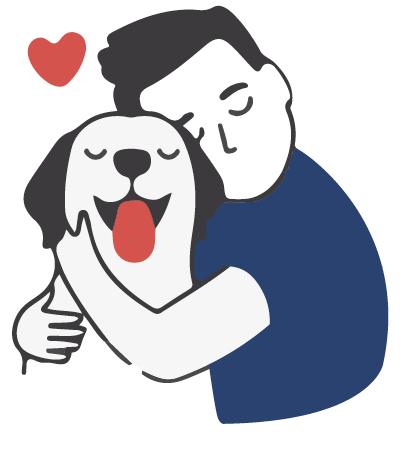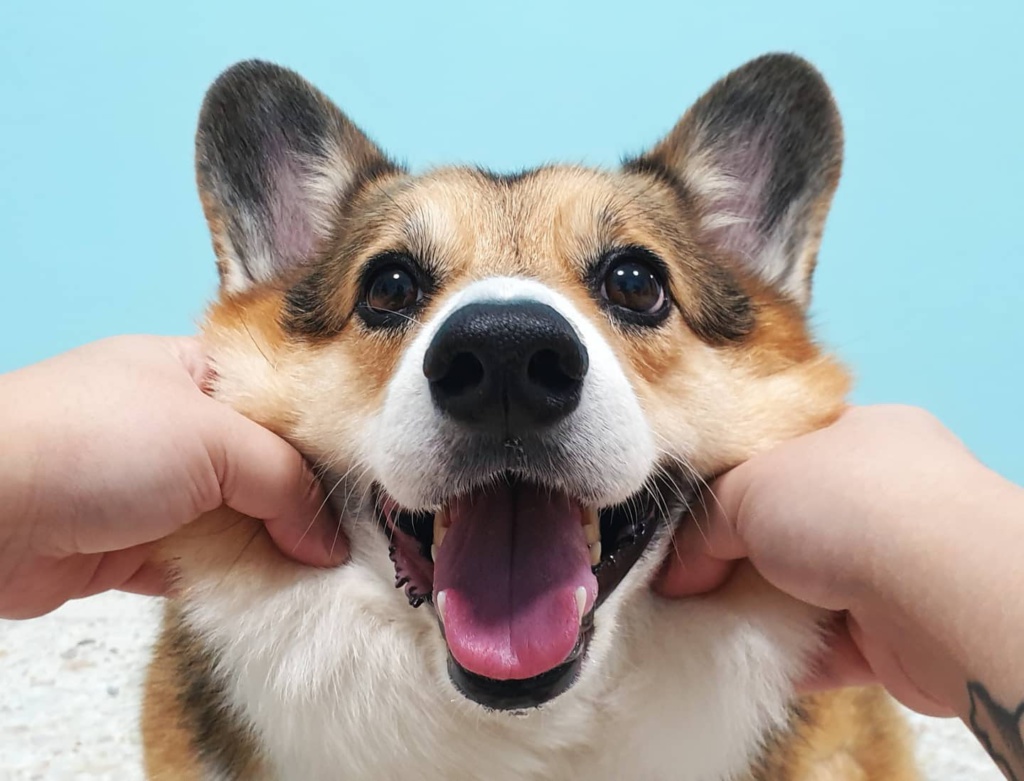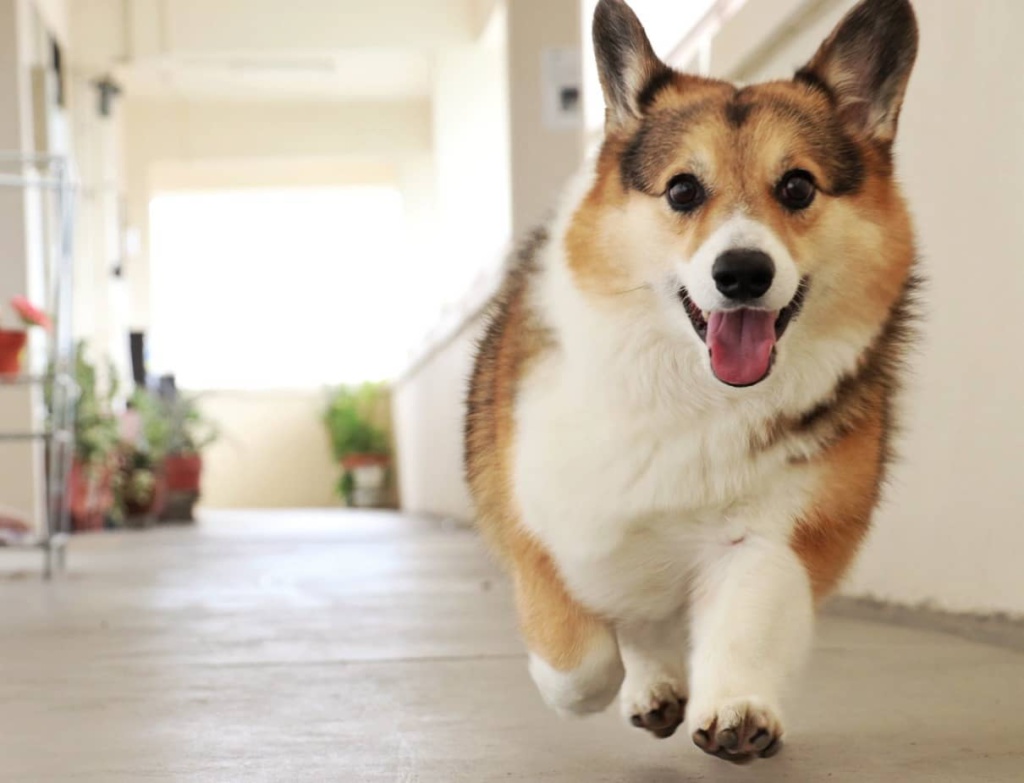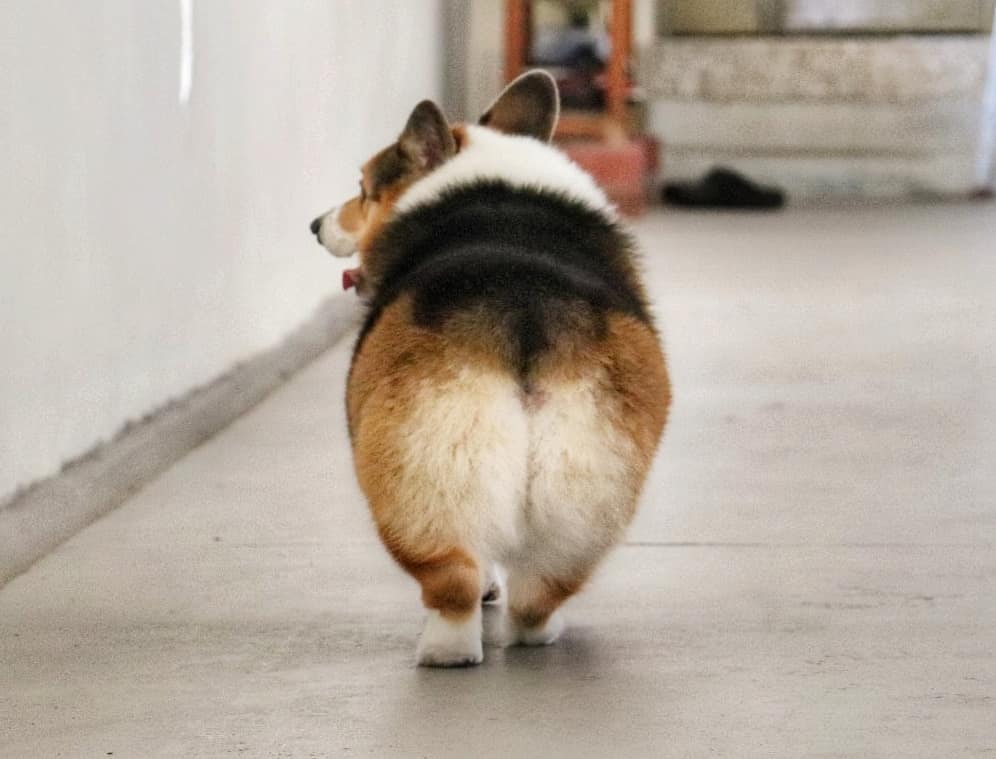Article originally published on The Spruce Pets. Written by Jennifer Lesser. Refer to the original article here.
Fleas can be a natural (and unpleasant) part of life with a pet. Fortunately, between over-the-counter sprays, powders, and flea collars, there are endless solutions to help eradicate a flea problem in your home. However, while commercial flea medications and treatments can certainly help tame a flea problem in your cat, there are also an array of do-it-yourself approaches that cat owners can take to banish the bugs without the use of chemicals or potential side effects to your cat or other members of your family. If you’ve already had a consultation with your veterinarian regarding your feline flea problem, here are some at-home remedies you can try that may help get rid of your cat’s flea problem for good.
Before trying any of these at-home remedies on your cat, consult your veterinarian, who will know best which route you should take.
Cedar Chips
It’s a known fact that fleas hate the smell of cedar chips—and there’s a chance your cat may not be too fond of it, either. However, you can try spreading cedar chips around your cat’s bedding or outdoors in your garden. You can also apply cedar oil spray on your cat’s fur, as it is a safe, non-toxic essential oil, or put a few drops on a banana peel or even your cat’s collar to help keep the bugs at bay.
Lemons
One of the most effective natural flea killers is citric acid, which makes lemon juice a widely-recognized home remedy for treating fleas. You can spray your cat’s coat with a solution made by boiling a cut lemon or two (let the lemons steep for a few hours) and then draining the liquid before transferring it to a spray bottle. Work the solution gently into your car’s fur—just be sure to avoid his or her eyes, and monitor your pet for redness or other signs of irritation—and repeat the treatment as often as needed until the fleas are gone entirely.
If your cat hates water—as most cats do—you can also try using a comb dipped into the solution and brushing the fleas out. If you’re concerned about any leftover fleas and flea eggs, add a cup of lemon juice to your laundry while washing your pet’s bedding to help exterminate any remaining bugs.
Spices
One of the easiest things you can do for a flea-infested cat is to spice up their life with natural ingredients you might find in your kitchen. Because of a natural compound known as carvacrol, oregano oil can be very effective at removing fleas; start by mixing one teaspoon of oregano oil with three teaspoons of olive oil and apply small amounts of the solution to areas where fleas tend to congregate, like your cat’s ears, stomach, tail, and neck. Fleas also don’t particularly care for rosemary; try grinding the leaves into a powder and sprinkling it in the areas where your cat tends to hang out in your home.
If your cat won’t allow you to apply topical treatments to his or her fur, you can try mixing a small amount (less than a teaspoon) of cumin into your cat’s food. The spice will make your cat’s skin become very unappetizing to fleas.
If you don’t have any of these spices on hand, a little bit of table salt can also do the trick, as it helps dehydrate and kill the fleas on your cat. Better yet, it works to kill fleas and flea eggs that may be lurking in your carpet (just sprinkle it on), or when mixed with water, it can be used to treat hard surfaces.
Warning
These spices are a safe alternative to garlic powder, which can be toxic to cats in large doses.
Apple Cider Vinegar
Another grocery store product that fleas don’t particularly enjoy is apple cider vinegar. While it’s not effective at killing the bugs, apple cider vinegar can cause fleas to jump from your cat’s body so that you can better tackle the issue, making it a great first attack in your personal war against fleas. Try mixing the apple cider vinegar with water in a 2:1 ratio and spraying it onto your cat’s coat. Fleas can be a stubborn bunch, so you may have to undergo a few home treatments of applying the vinegar to your cat’s fur in order to become completely flea-free.
You’ll also want to be sure to vacuum all floors and upholstery (and immediately dispose of the vacuum cleaner bag), wash all bedding in hot water, and consider removing pet food bowls, bird feeders, garbage cans and any other sources of food from your yard so as to not attract wildlife who can re-infect your pet.
Dish Soap
Believe it or not, even the most gentle formulations of dish soap have proven to be very effective at exterminating fleas. The dish soap breaks down the flea’s exoskeleton and kills them within minutes, even after it’s been diluted in water. Simply wet your cat’s coat—a spray bottle will do the trick— and gently lather the dish soap into his or her fur (focusing on areas that fleas tend to hide) before rinsing.
To use dish soap to trap and kill fleas that have made your home their permanent residence, you can try filling a shallow dish with warm, soapy water and placing it close to a source of light. They’ll be drawn towards the light and drown in the liquid.
Lavender and Chamomile
A gentle way to soothe your pet’s skin—and maybe even help him or her take a little cat nap—lavender is actually a powerful, fast-acting agent against fleas. In fact, some studies have shown that formulas containing diluted lavender were just as effective at killing fleas as commercial chemical sprays. To put lavender to good use in your home, let fresh lavender steep in water overnight before straining the liquid and spraying it onto your cat’s coat (no need to rinse).
Another compound that’s known for soothing the skin, loose chamomile tea can also be used to attack fleas on your feline friend. Simply steep the tea and, after it’s fully cooled, apply the liquid to your cat’s coat. You can repeat both treatments daily for as long as needed.

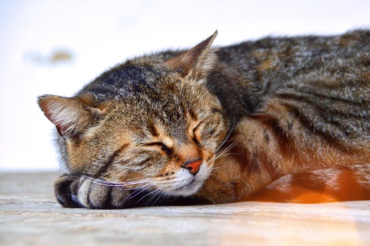
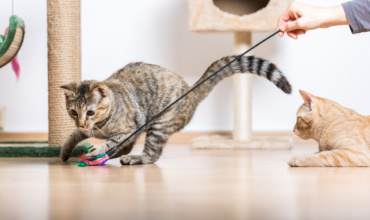
:max_bytes(150000):strip_icc():format(webp)/fistbump-5c4faa9e46e0fb00014c387f.jpg)

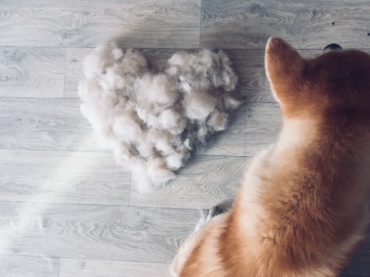
:max_bytes(150000):strip_icc():format(webp)/GettyImages-468196896-5c29af2746e0fb0001f2c071.jpg)
